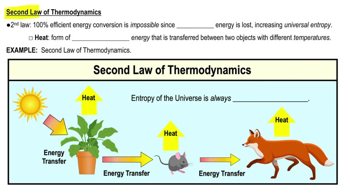Multiple Choice
How many electrons would be present in the valence shell of a sulfur atom (atomic number 16, mass number 32)?
2448
views
1
comments
 Verified step by step guidance
Verified step by step guidance



 5:05m
5:05mMaster Atoms- Smallest Unit of Matter with a bite sized video explanation from Bruce Bryan
Start learning